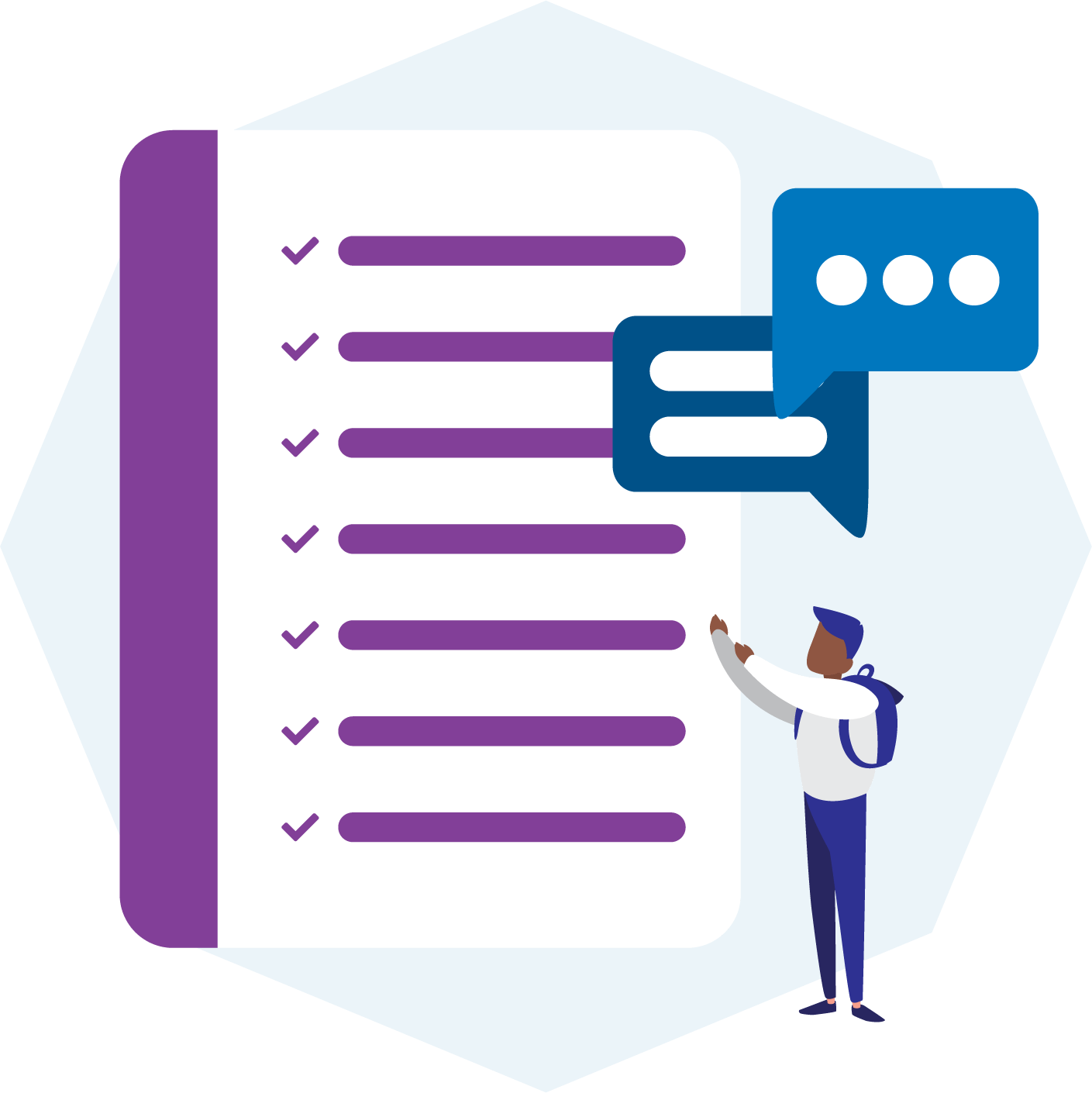Reward Services
Croner Reward is dedicated to providing comprehensive, accurate and detailed pay and benefits services that can be used to grow and develop your organisation and its employees with confidence and peace of mind.
We have been managing small and large-scale projects in the public, private and not-for-profit sectors for 40 years. From our constantly updated pay and benefits database, used in the compilation of our pay and reward surveys and reports, to our range of consulting services, everything we offer has been specifically designed to provide our clients with the maximum benefit of our experience in the UK reward and recognition field.



